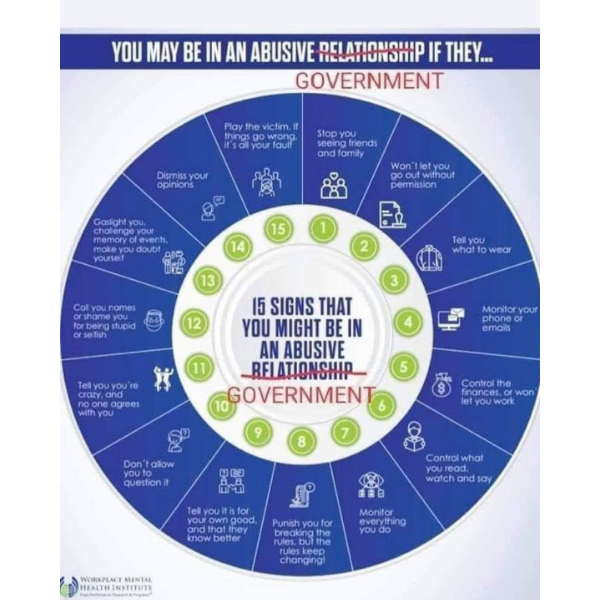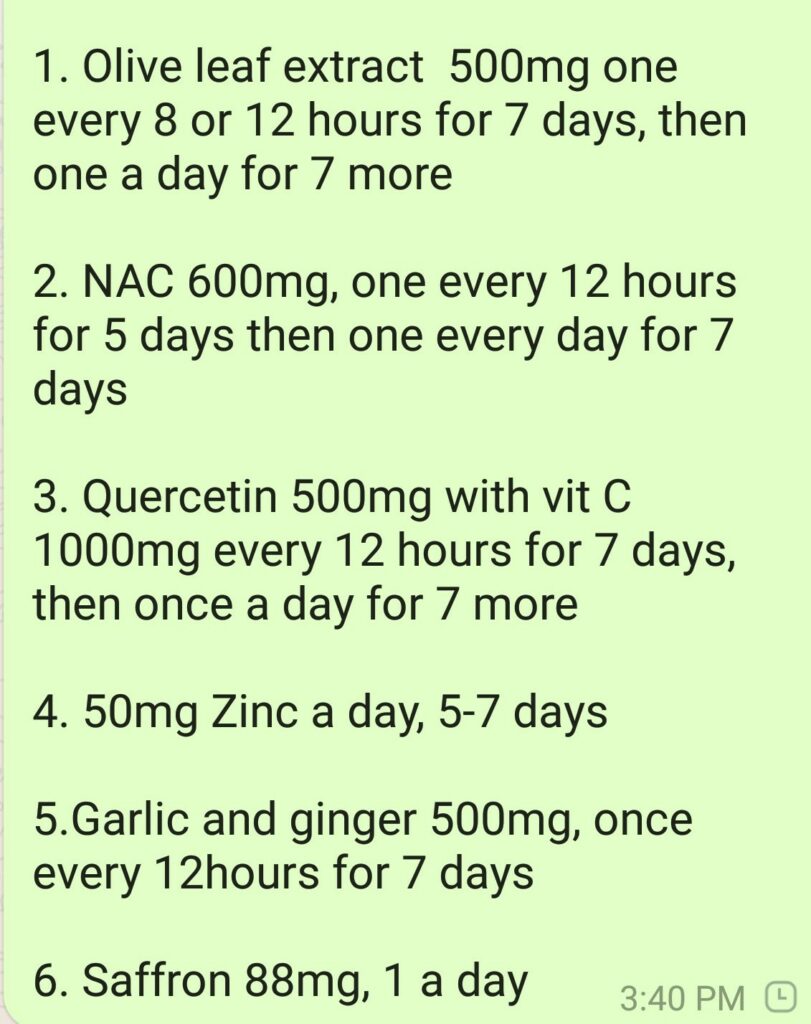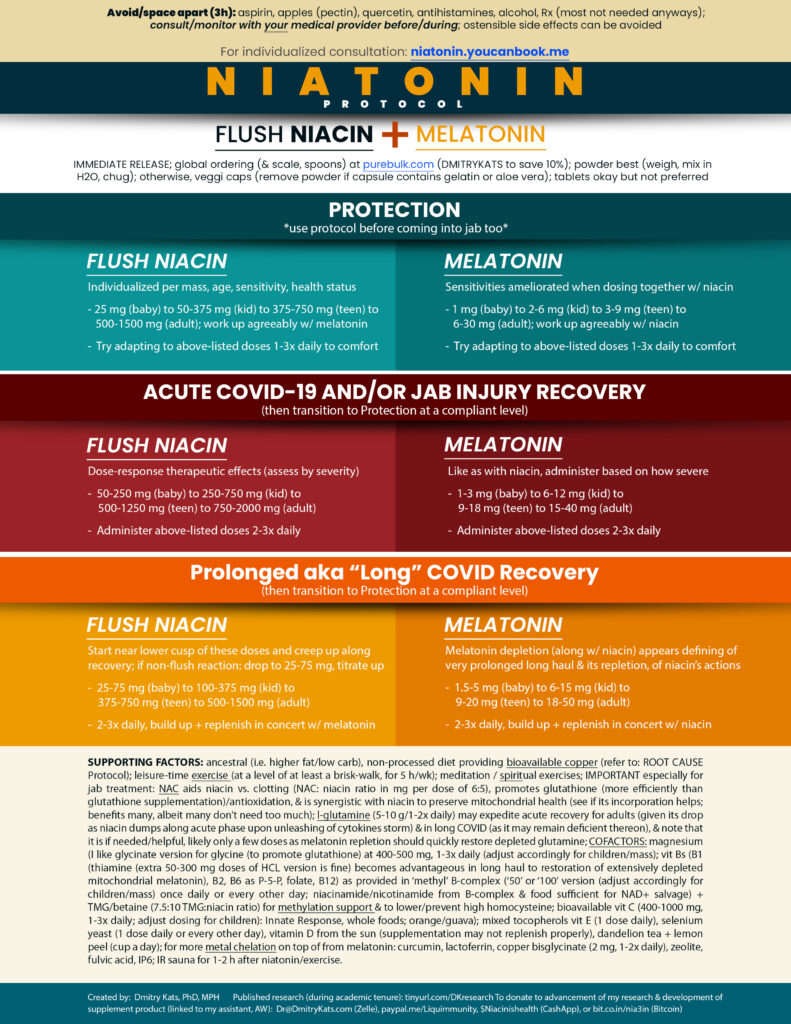What is health care? What is included in an individualized health care appointment?
The answer varies with the type of specialist you are seeing – and what they are allowed to do within their facilities’, or the individual’s insurance plans protocols.
My nutrition counseling experience was in prenatal/early childhood, and residential (nursing home) facilities.
Chart notes would be written for high risk clients when working in either role. Occasionally the nutrition assessment and recommendations note would be sent to the physician directly if very high risk.
As a preventive health focused prenatal/early childhood counselor, or for residential facility chart review (nutrition assessments of all nursing home residents considered high risk nutritionally, occasionally would include an in person visit with the resident to visually observe and ask further questions about their health and diet symptoms.
Patients typically do not see a chart note. They might be given the ‘Problem’ and ‘Assessment’ sections as an action list of recommendations on a simpler handout. The medical chart has a Care Plan section where recommendations for a daily change in care might be added – such as adding a high protein snack in the evening.
I would typically spend a half hour to an hour per client and writing a good note might take an additional 15 minutes. Current insurance standards have been set which limit physicians to 15 minutes per patient appointment – and only scheduling/discussing one symptom per appointment. That would make a differential diagnosis fairly impossible.
- The entirety of a person’s symptoms – and what makes the problems worse, and what seems to improve things – is what provides clues to the underlying issues that may have led to the increased inflammation and/or decreased function.
- Health is a balance of not too much inflammatory response -> autoimmune or allergies – or too little -> rampant infection and catching every cold.
- Health is also a balance of enough nutrients and not too many toxins to cope with, whether from air, water, food, or touch, or from internal production of stress chemicals caused by emotional or physical stress.
Autoimmune issues are particularly challenging because many odd symptoms can occur, and more than one type of autoimmune antibody may be involved – not just one ‘autoimmune disease’ – several. Low vitamin D makes autoimmune issues more likely to occur, and low magnesium can make low vitamin D more likely – even with supplements of vitamin D.
Low magnesium also increases inflammation symptoms, pain, and anxiety, depression or anger and irritability.
A physician might look at my example note (below) and think: ‘but this is not my field‘ — exactly — please refer to the specialist – a registered dietitian or clinically trained nutritionist. Caution, there are many ‘nutrition certification’ programs online which are not equivalent to a college education, internship, and the equivalent of a lawyer’s Board Exam.
The client gave permission to share the write-up for educational purposes or maybe to help someone. Patients know that pain hurts, and that health is better. Too often I hear from physicians something like ~ ‘we don’t know what is causing this, … so the patient will probably die‘ – but it is regarding symptoms that likely involve nutrient deficiency.
Even sick patients need to eat or be fed and their nutrient needs are likely increased, or decreased, due to the illness, for a few specific nutrients affecting or being used in excess by the underlying issue. Telling a patient there is no hope is providing a nocebo – a negative expectation. Saying “I don’t know,” – when that is the true situation – would at least not be setting up a roadblock for the patient to seek further information or a second opinion.
If in reading my example chart note*, as a physician, you think, ‘but this is not my field‘ — exactly — you are correct – but it is the patient’s whole health that matters, not just symptoms that may be temporarily controllable by medications.
SOAPE note
The SOAPE chart note* below, is an extended version compared to what would be likely to be written in a patient chart. SOAPE note: Subjective, what the client said; Objective, what the clinician observed; Assessment; what the clinician believes may be underlying issues; Problem/Plan, recommendations being made by the clinician; Evaluation – an opinion statement about the likelihood of positive change, based on the overall attitude or motivation the client is presenting and social factors that may impact the client positively or negatively.
I included extra information that might be in a report to the client, with the education they might need to understand the reasoning for the recommendation, or how to proceed. Complex strategies can take several weeks of a class like setting possibly with cooking and tasting demonstrations. My web pages and posts try to provide self care guidance so a motivated learner could just try things and see if they help.
I added some additional info links for the version in this post, to pages or posts that provide some next step guidance, Gluten Free diet? what is that? The products on the market are not ideal suppliers of nutrients in my personal and professional opinion and learning how to bake gluten free can be healthier and less expensive for the nutrient value. My websites are my file cabinet of patient handouts, some of it.
While working as a public health nutrition counselor I did occasionally write a very thorough note for someone with a complicated case, and send it to the client’s physician on their or their child’s behalf.
Nutrient deficiencies can lead to death (niacin/pellagra example) – and can turn around dramatically very shortly after the nutrients and any cofactors are provided (nutrients are a team – refeed gradually and in balance).
Sometimes nutrition care is a life or death situation. Continue the nutrient deficiencies and deterioration can be rapid, and death can be the result. Niacin deficiency, pellagra, has a nickname for symptoms – the four D’s: “Pellagra defines systemic disease as resulting from a marked cellular deficiency of niacin. It is characterized by 4 “D’s”: diarrhea, dermatitis, dementia, and death.” (1) If there is severe lower leg rash and edema – suspect a B vitamin deficiency.
Nutrition assessment
Subjective:
- CoV like symptoms, mild, ~ early outbreak mid 2020, left a new problem, 2. swollen throat, reflux like pain/not quite reflux though, flair up of CoV symptoms again later when family had it 2021, again not too bad.
- Swollen throat symptoms – has had labs showing autoimmune thyroid condition.
- Thyroid symptoms had improved a year or so earlier after stopping use of wheat/gluten and dairy. Recently started using ginger tea for the throat problem and it sooths. Hasn’t used long term, recent addition.
- Reading about eosinophilic esophagitis did not sound like the problem.
- Reading about histamine/MCAS symptoms did sound like it might be a problem. Tomato/salsa particularly, chicken causes congestion. Likes to drink orange juice.
Objective:
- Pale complection, may suggest magnesium deficiency/low vitamin D, low level anemia of chronic inflammation possibly.
- Throat visibly enlarged in pattern of enlarged thyroid gland
Assessment:
- CoV, even with mild symptoms, may have increased autoimmune antibodies, or created new types. Pale complection may suggest magnesium deficiency/low vitamin D, low level anemia of chronic inflammation possibly.
- Enlarged thyroid gland would be likely to cause difficulty swallowing at times, particularly if a food flair of the underlying autoimmune antibody sensitivity. (The thyroid gland presses inwards also and can narrow the throat significantly – *personal experience from also being an autoimmune thyroid patient, swallowing a large supplement can be very painful, and may feel stuck even.)
- Eosinophilic esophagitis might also be adding to swallowing symptoms if early stages, wouldn’t be causing as severe reflux symptoms as a more advanced case which is more likely to be what is described in articles about the problem. Food sensitivities are the most frequent cause and include gluten, dairy, eggs, and other common food sensitivity foods.
- Autoimmune thyroiditis can be a gluten molecular mimicry problem – the thyroid hormone chemically is similar to the gluten molecule.
- Autoimmune antibodies to other food chemicals might also flair up an underlying autoimmune overactive eosinophile problem, white blood cells. Ginger contains a chemical similar to albumin and an egg sensitivity might be triggered by a sudden increase in use of ginger – or chicken – or eggs, or any animal product containing albumin. *also learned from personal experience – this can be a significant problem – I developed sensitivity to eggs and gradually realized I needed to exclude all sources of albumin or my symptoms would flair up again (non healing rash, not quite eczema – more wounds, lack of skin regrowth).
- An apparent ‘wheat/gluten’ sensitivity might be an albumin sensitivity, see one of my early posts with the information about plant albumin in wheat and ginger: Wheat is rich in albumin – so are ginger and egg whites.
- Histamine sensitivity seems a problem worth working on by decreasing trigger foods. Orange juice could be an additive problem food. The total load is part of the problem but even small amounts can set off the allergy cells that increase inflammatory cytokines and pain/inflammation signals – swollen, itchy, sore throat, dry eyes, but it can also effect mood when a more severe problem – extreme anxiety and fear, or out of control, hyper-excitable.
Problem:
- Elevated iron and symptoms of anemia of chronic inflammation may be a lingering CoV effect or of autoimmune conditions – it can be common to have several types of autoimmune antibodies also, and there has been cases of LongCovid where autoimmune antibodies were found. The spike lodges in a receptor and antibodies are made against the receptor, instead of against spike..
- Iron chelators may help mitigate chronic inflammation damage, restore energy level if that is a problem. The quercetin is one, continue regularly, opposite the niacin protocol if following that., or eat more of the good plant sources of a few, EGCG, pomegranate peel, green tea, oregano, olive leaf extract, there are many see the Iron chelator section of this Resources & Iron Chelators list.
- Epsom salt soaks for a topical source of magnesium, help immune function, energy level, fluid balance. Continue if already using or start 1-3 times a week.
- Sunshine or Full spectrum light 20-30 minutes per day and or a moderate dose vitamin D3 ~ 600-1000 IU.
- Avoid glyphosate residue. Consider supplementing with DMG, dimethylglycine, bulk powder, 1/2 spoonful once or twice a day in water or with a little juice and water. (too much juice is not really good for us).
- Thyroid problems in the modern world are likely related to excess fluoride and bromide and too little iodine. Cautiously increasing iodine and 200 mcg selenium may be helpful. Higher dose for one month can help the body to dump fluoride, bromide and chloride. When there is a lack of iodine the body will build molecules with the other halides, but then the thyroid hormone or other chemical won’t work right. Lab tests may show ‘normal’ levels of thyroid hormone but symptoms of hypothyroidism may still be present.
- In autoimmune conditions, when possible, it is essential to identify the trigger foods and strictly avoid them. It can take 6 months for antibodies to fade away, at which point symptoms should improve, but memory B cells still exist so even little tastes of the problem foods can set off a new 6 month batch of autoimmune antibodies that will attack the thyroid gland, or esophagus, or wherever else the problem point is located.
- In this case eggs/chicken/ animal products/ ginger/ albumin /*hemp kernels too then/, may be part of the problem foods –
- Elimination type diets that start with the least risky foods and gradually reintroduce things one at a time can be the best way to individualize what is the problem for you the individual.
- Gluten was definitely identified as a part of the thyroid problem by removing, it already had helped to stop that. Dairy has a variety of allergens, and also would have albumin. Removing food triggers strictly, can help a swollen thyroid gland reduce in size – versus get more swollen when trigger foods are eaten.
- Gluten free baking recipes and tips for converting recipes: effectivecare.info – G8. Cookies & Bean Soup. -> and it mentions that increasing corn or corn flour instead, is not ideal either. Corn or gluten can increase zonulin which also increases leaky membranes in the gut or blood brain barrier, and more open membranes can increase risk of allergens entering undigested from the diet. See: What is Zonulin? (2)
- A quick mix recipe that can be used for pancakes or muffins, a post: Pancakes in a Jiffy – Quick Bread Mix.
- Eosinophilic esophagitis may be related to food sensitivities, so as food elimination is attempted it would also be helpful to pay attention to the swallowing symptoms to see if change occurs other than the swollen pressure feeling of the enlarged thyroid gland.
- “Research shows a strong connection between food allergies and eosinophilic esophagitis (EOE). These six foods are most commonly associated with this allergic response: dairy, wheat, soy, eggs, nuts, and seafood/shellfish. Unfortunately, there is no accurate test to identify food allergies* connected with EOE.” (3)
- *The food sensitivity is not the same type as tested for people who get hives to peanut butter or eggs or are allergic to bee stings. It is food sensitivity that activates white blood cells though, called eosinophils.
- During normal function eosinophils fight parasites for us. So …. Maybe they are doing something in ‘autoimmune disease’ that involves their normal function too fighting an unidentified parasite – or they are responding to chemicals of the six foods listed above in an allergy-like way.
- Asthma and allergies involve increased eosinophil activity, which can lead to inflammation symptoms and tissue damage: “Eosinophils can consume foreign substances. For example, they fight substances related to parasitic infection that have been flagged for destruction by your immune system. Regulating inflammation. Eosinophils help promote inflammation, which plays a beneficial role in isolating and controlling a disease site.” […] “…eosinophils play a key role in the symptoms of asthma and allergies, such as hay fever. Other immune system disorders also can contribute to ongoing (chronic) inflammation.” (4)
- Eliminating common histamine problem foods may help anxiety and inflammatory symptoms. Orange juice, tomatoes, fermented foods, or older leftovers, cranberries, others, it is a lengthy list but can make a huge difference *personal issue for me also.
- More info on page MCAS/Histamine, jenniferdepew.com: MCAS/HIstamine.
- Summary of foods to avoid, or a few helpful in an over-reaction: Histamine Food Lists. it is a document (6)
Evaluation:
Client seems motivated and capable of making positive changes for improving health, cheerful and confident amid a complex set of problems, and has support of family.
So does my disclaimer make more sense now?
- Disclaimer: This information is provided for educational purposes within the guidelines of fair use. While I am a Registered Dietitian this information is not intended to provide individual health guidance. Please see a health professional for individual health care purposes.
My professional and personal expectations of individualized health care guidance does not include a 15 minute appointment limited to discussing one symptom. In seeking a health care provider I recommend searching for ‘functional health’ or possibly holistic but that is less precisely used than ‘functional’. The orthomolecular approach is also whole body and restoring function oriented.
*am I taking clients? I am working in that direction but I am still in initial stages of having a system set up.
Change is easiest by just practicing the desired habit and the more often it is remembered, practiced, then the more that brain pathway will be strengthened and the old one is gradually deactivated, becomes harder for the nerve cells to fire instead of being an automatic habit like happens without even thinking consciously – to change that ingrained of a habit takes substituting a new pattern rather than trying to ‘attack’ with ‘will power’. Work with nature and it will work with you. Attack and it tends to have an undesired ripple effect.
Pain hurts, health is better.
We all die, the question is quality of life while living – and enjoying that life while living.
Namaste – the soul in me, sees the soul in you.
We are all children, under the care of Mother Nature and Father Sun.

Reference List
- Hegyi J, Schwartz RA, Hegyi V. Pellagra: dermatitis, dementia, and diarrhea. Int J Dermatol. 2004 Jan;43(1):1-5. doi: 10.1111/j.1365-4632.2004.01959.x. PMID: 14693013. https://pubmed.ncbi.nlm.nih.gov/14693013/
- What is Zonulin? https://www.creative-diagnostics.com/blog/index.php/what-is-zonulin/
- 6 Food Elimination Eosinophilic Esophagitis, oregonclinic.com, https://www.oregonclinic.com/6-Food-Elimination-Eosinophilic-Esophagitis-EOE
- Eosinophilia, symptoms, mayoclinic.com, https://www.mayoclinic.org/symptoms/eosinophilia/basics/causes/sym-20050752
Documents, Posts & Pages
- Wheat is rich in albumin – so are ginger and egg whites, post transcendingsquare.com
- Resources & Iron Chelators list, document https://docs.google.com/document/d/1XiwJBPoFUnUTQKcRAW_8NMriQMt8b31zjeTY4zV0wJo/edit?usp=sharing
- effectivecare.info – G8. Cookies & Bean Soup, webpage
- Pancakes in a Jiffy – Quick Bread Mix. post transcendingsquare.com
- MCAS/Histamine. webpage, jenniferdepew.com
- Histamine Food Lists. document, https://docs.google.com/document/d/17iz9lsJyGqIUUjF0p-totXp4R2GhgRi2Na4gYueisTM/edit?usp=sharing




